| Ruatfela Nu | January 2024 | Non Fiction |
Is Fallen Leaf In It’s Dried Brownish Colour On The Forest Floor Even More Beautiful Than When In It’s Green Colour On The Branch?
Even before I was educated on the relationship between forest leaf litter and spring water, I had long admired the beauty of leaves in their various forms – the decadent winter leaves, falling gently from branches, and resting carelessly at the feet of the trees in the forest; lush green leaves spread majestically on tree branches; dried leaves gathered by the side of the road, when blown by the wind of the dry season, scatter as if in fear of the gentle breeze. I found myself specially drawn towards dried tree leaves fallen on the ground, though for a long time, I was unaware of their ecological importance.
Oftentimes while driving, I impulsively stop my car on the roadside, fall down on my knees on a pile of dried leaves, and start throwing the leaves above my head, much like a child would play with sand. And yes, this often makes me itchy all over! Sometimes I imagine myself on a race with the dried leaves that get scattered wildly by the wheels of my car, the smaller leaves producing light patter sounds with their tiny frames, the middle ones following on slightly heavier feet, and the larger ones noisily clomping along. I can feel their distinct sounds, like music.
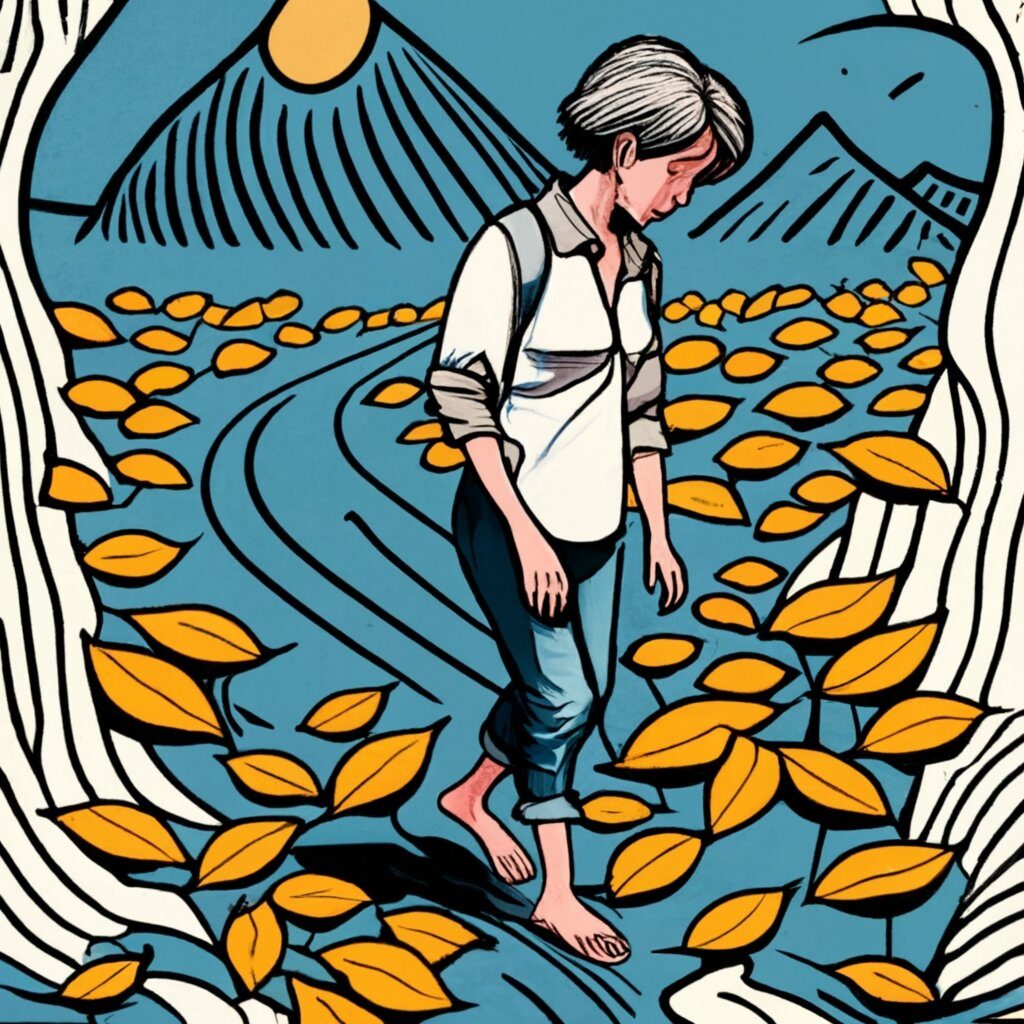
Barefoot Among Fallen Leaves
To heal myself from the nature deficit disorder brought on by living in a concrete jungle with its accompanying noise pollution, I have made it a practice to compulsorily visit the forest at least twice a month to indulge myself in forest bathing. Arriving at the forest, I take my shoes and socks off at once, and revel in the moment of walking barefoot over the crunching dried leaves during the arid season, or over the squishy wet grass during the rainy season. Though I am unable to decide which season is the better of the two, both are equally therapeutic, and I always end up feeling refreshed and healed.
Forest Mulch Since Childhood
There were times when we had no shoes to wear during our childhood, which never bothered me since I enjoyed walking barefoot and listening to the crunch of the dried leaves underneath my feet. We would go to the forest at the top of our village to hunt for wild raspberries, which could be found during the peak of the dry season when there would be abundant dried leaves on the forest floor. But because raspberries thrive in grassy areas where there are comparatively lesser large trees, there were not enough leaves to enjoy walking over. For children in villages, the little source of munchies that we could find were fruits and edible leaves, to be scoured in the forests where there were plenty of dried leaves to trample on, and thus I enjoyed the forest rather than the places where raspberries were abundant. Boys of my age would go to climb on the rough keifang or myricaceae trees, and we would go to the forest together in groups. Climbing on the trees like monkeys, the boys would tear the branches off the trees and flung them to the ground, and we girls would pluck the fruits off the branches. Often I would think about the time when the leaves that we had left behind after plucking off all the fruits would dry up, for the leaves were thick and quite beautiful.
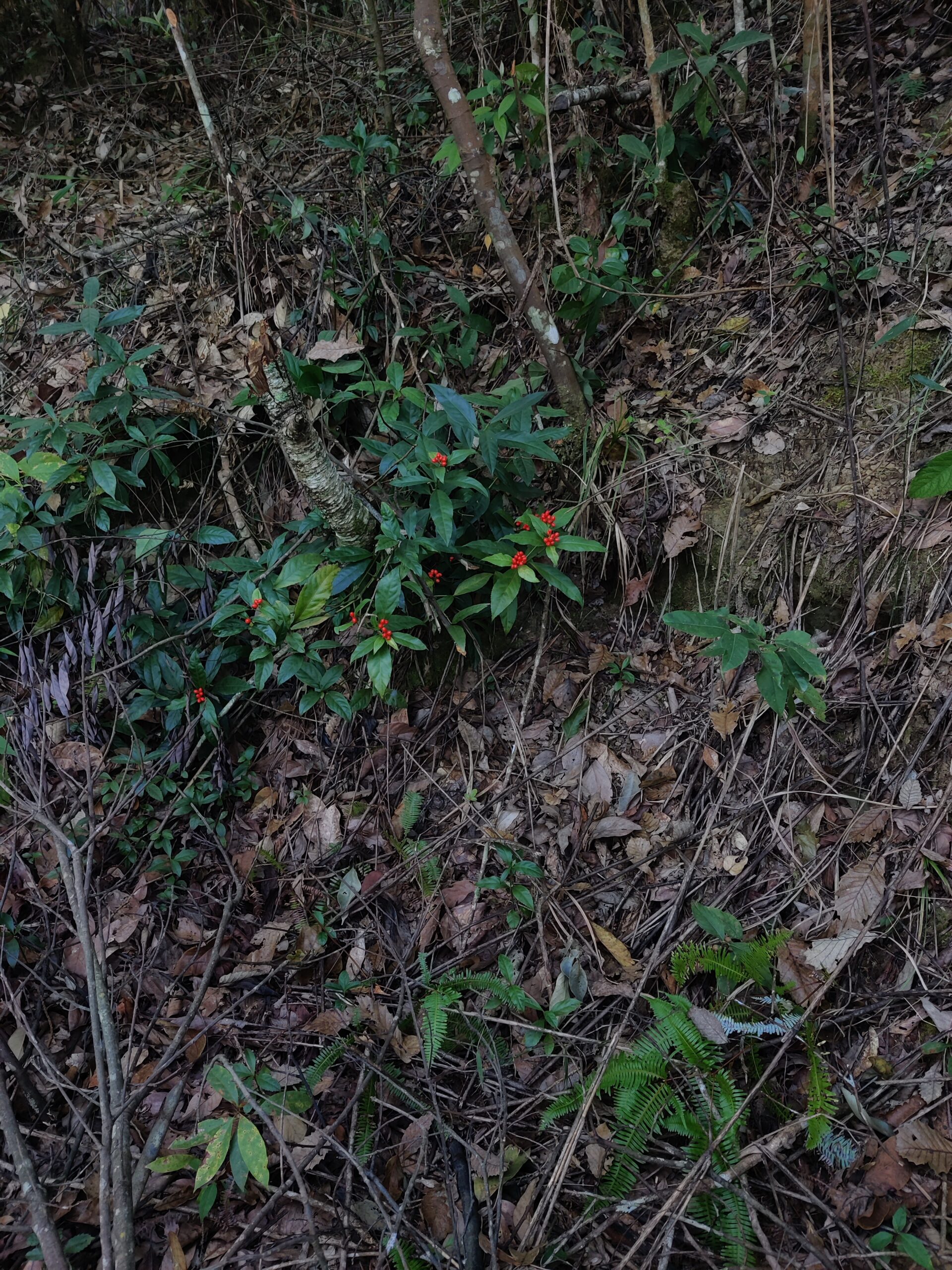
Now, To The Worth of Forest Mulch
Long before I received the call towards environmental conservation, a Mizo girl who was studying outside the state came to visit me. She was a student of Environmental Studies, and if I am not mistaken, her focus was on ‘the process of creation of spring water.’ After I had addressed all her queries, we soon got chatting, and she told me about the University that she was studying in, and the methods of education followed there. I was completely enthralled with the conversation, listening to her with all my heart and soul, and she, finding such a rapt audience in me, proceeded to passionately tell me all about her studies and her research.
One thing that I have always remembered from that interaction is:-
“The mulch in the forest is an important source of spring water.”
Our acquaintance with each other continued, and though she lives miles and miles away, she was extremely pleased when she learnt that I had accepted the call to environmental issues. At every convenient time, we would meet to research more about the connection between rainfall and mountains by climbing mountains together, and she has always rendered her full support towards my endeavours related to the environment.
Single Use Plastic Before Mulch
Having fought for the cause of the underprivileged and the weaker sex for 20 long years, I realized that my time for the cause had ceased in 2017. Back then, I didn’t know what God would call me to do next. In the autumn of 2017, I heard an urgent call from God towards the cause of Ecosystem Conservation. The call was solid and distinct, and my level of conviction was high, so high that it overflowed. My focus then was not with the forest mulch but towards building an industrial unit to create biodegradable shopping bags to curb the predominant single use plastic, the harbinger of devastation of our ecosystem, by dint of being non-degradable even after several hundred years. My industrial unit was completed within three years, and I began sensitizing people towards the harmful effects of single plastic use in shops and other businesses.
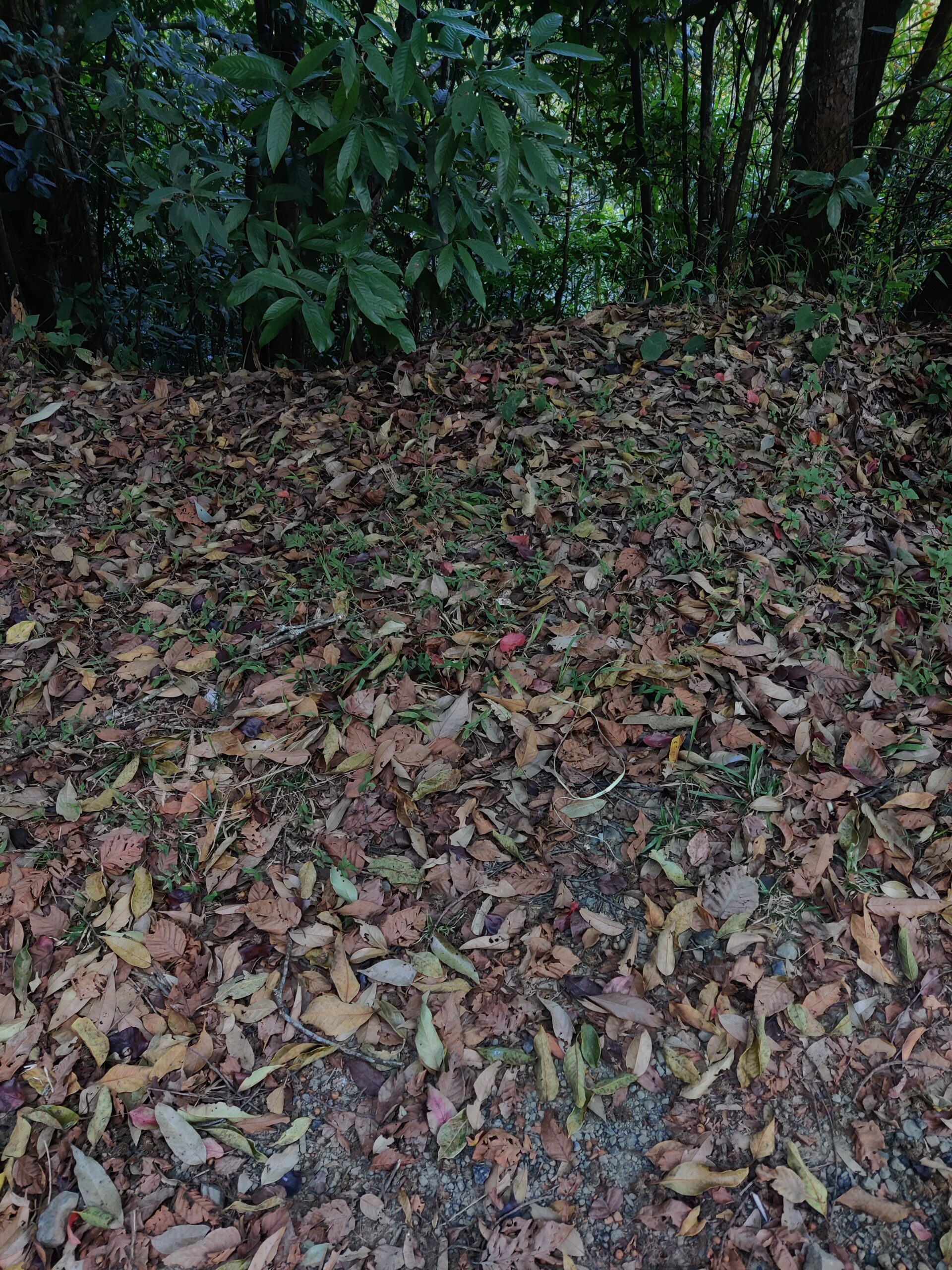
I am Not a Scientist of The Ecosystem
Though my knowledge was limited, I answered the call towards environmental conservation, and I was in a state of confusion with the next step to take when one night, I came across a post on Facebook titled “Water, Our Life’s Cord” posted by Lalani Kawlni. Though immensely brief, it was compact and comprehensive, and I told myself that the writer must either be an Ecosystem Scientist or a degree holder in Environmental Science. It was similar to what that student of EVS had said, that “the most active producer of spring water is forest mulch,” and the article opened up my mind to the various erroneous ways by which we have been trying to conserve our water sources. I later got to know the “Water, Our Life’s Cord” girl personally, and learnt that she is not an Ecosystem Scientist but a Wildlife Scientist. Yet she remains till date my mentor towards my ecological conservation.
The Need To Resist NHIDCL Road Construction During The Pandemic
Although the State Government did not issue proper mandate on banning of single use plastic, my industry grew steadily with the import of large machines. Because we are a small family, we were able to sustain ourselves through the support of progressive citizens who opted against single use plastic. I had planned on initiating the drive for conservation of forest and wildlife at the beginning of 2020, with the idea that campaigning for the cause could simultaneously take place with the campaign against usage of chainsaw, a portable machine that can be used to easily fell trees, and also against air guns that are responsible for the ever reducing number of birds in our forests. Right before the campaign took full swing, the onslaught of Coronavirus interrupted us for two long years from the end of March, 2020. Yet we managed to seize opportunities for the campaign every time there was relaxation in the midst of the lockdown, and even ventured out stealthily to catch glimpses of NHIDCL dumping excavated soil. We researched on the dumping of earth by NHIDCL road construction, spoke against their indiscriminate practice of dumping the earth by pushing it off the roadside, ensuring that our voices reached the authorities who were least interested in listening to us. Believing that the pandemic was the main setback, we are now restarting our project with the dumping issue in full swing.
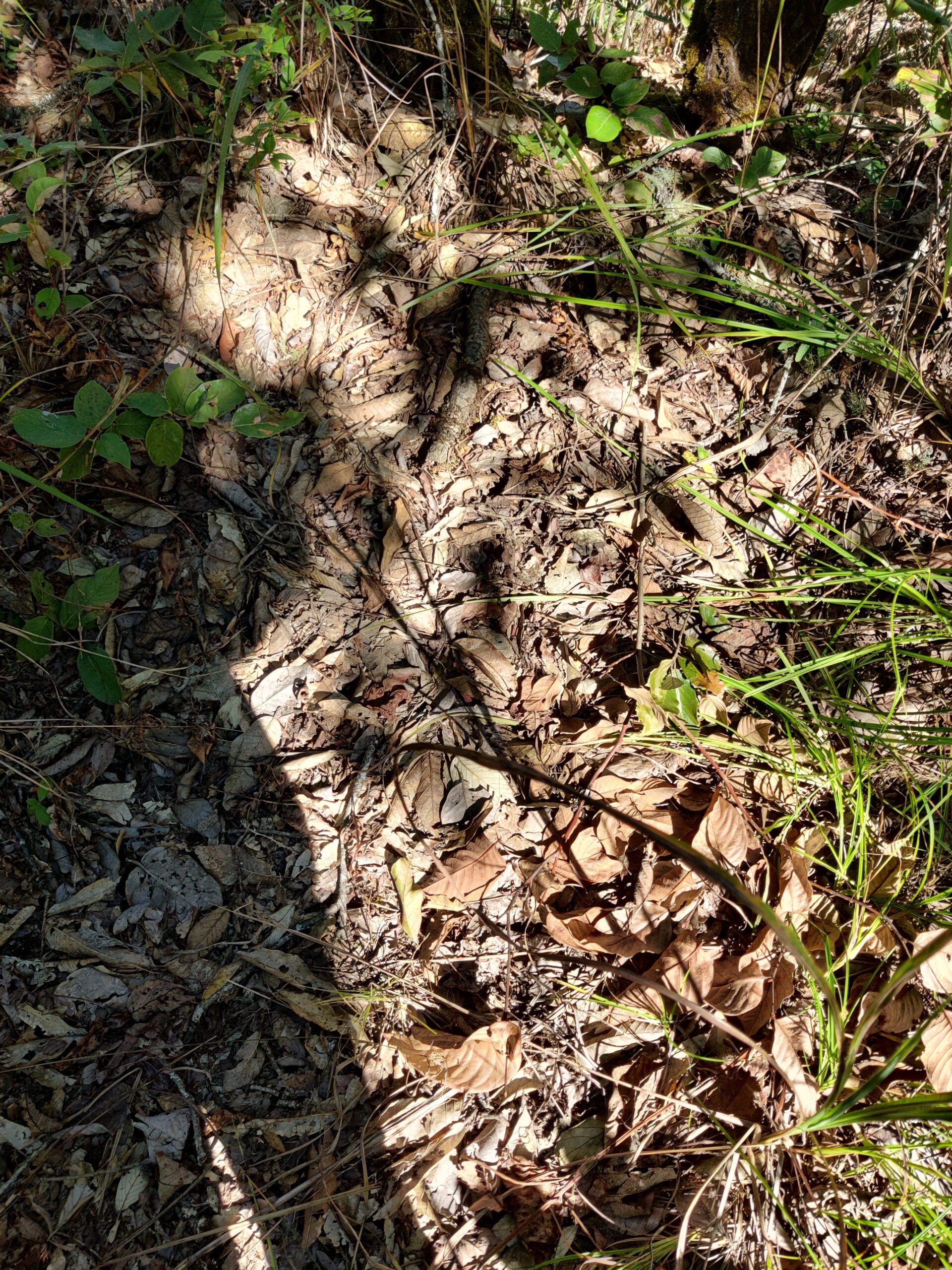
My Connection with Mulch Still Alive
My frequent adventures in forest bathing and walking on knee-high fallen leaves led me to inspect them more closely, trying to learn how these leaves store rainwater. When 2/3 of the rainwater is retained on the forest floor, the water is collected under the mulch and stored underneath it, yet for the water to be retained till the dry season, the mulch should be thick enough not to be washed away by the rainwater, and also thick enough to contain the waters of the heaviest rainfall. The water should not runoff from the forested area, and in case that happens, the water must be clear and pure enough to be drinkable. If our river waters are unclear and muddy throughout all seasons, it means that we are in serious need of proper forests, and that our ecosystem has deteriorated to a worrying degree.
This is my intrinsic relationship with forest mulch. This is how forest mulch creates water. This is what had tugged my heartstrings since my childhood, and I have grown so attached to them over the years. If I were to write a book about these dried forest leaves and their melodic rustle, I would not be able to complete it due to its immensity.
I dedicate this article to Alinery Lianhlawng, Oxford UK and Dr.Lallianpuii Kawlni, WII Dehradun, who have confirmed and renewed my connection with forest mulch.
(The original form of this article in Mizo entitled ‘Hnahthel Ro Vak Ri Rek Rek’ was published in Vanglaini and The Aizawl Post in 2023. Ruati Chhangte, Editor MPV worked with the writer in editing this final translated version in English. We thank Ruatfela Nu for allowing us to publish it in our online journal.)
_________________________
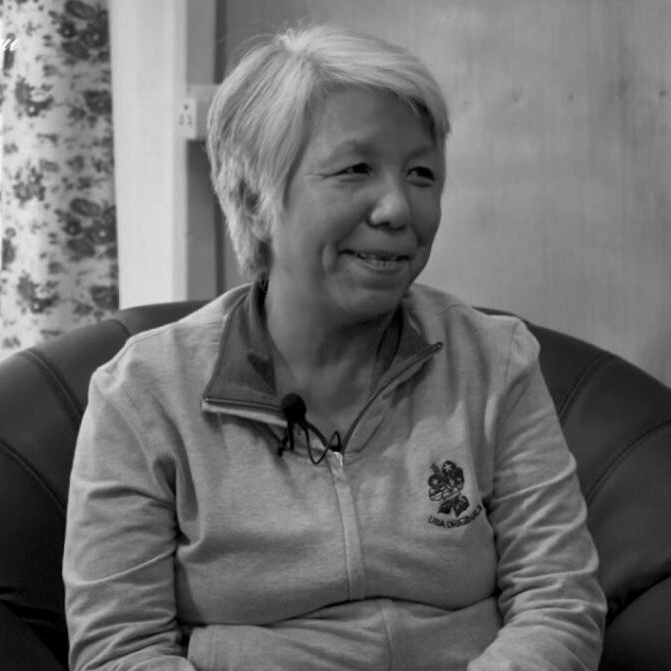
Vanramchhuangi (Pen Name – Ruatfela Nu) is a noted Social Activist from Mizoram. A prolific writer, social entrepreneur and environmental warrior, she has authored 14 books in Mizo language, and is also a regular columnist in leading dailies of Mizoram.
She founded the NGO, Centre for Environment & Social Justice in 2023, and is currently the working Chairman of CESJ.
_________________________

Anita Saran is an author, editor, painter and AI artist. She lives in Bangalore with her 12 rescued dogs.
_________________________
Find The Mean Journal on Instagram @MeanPepperVine